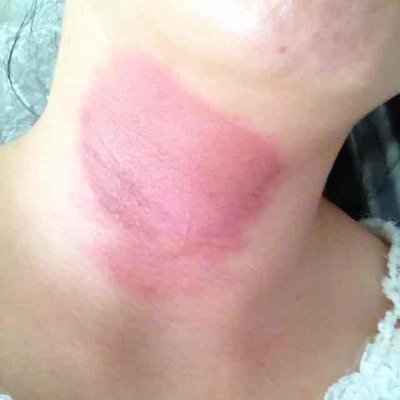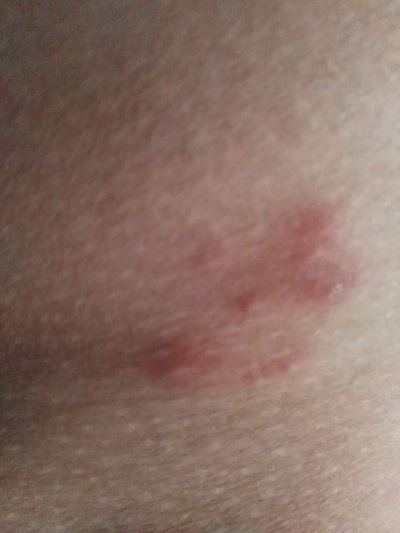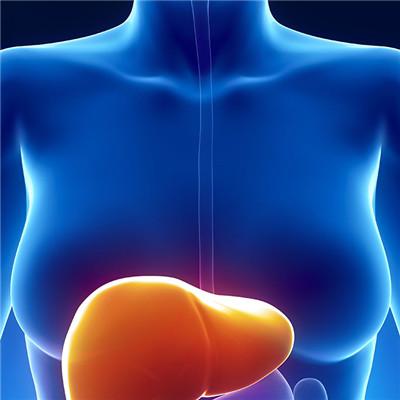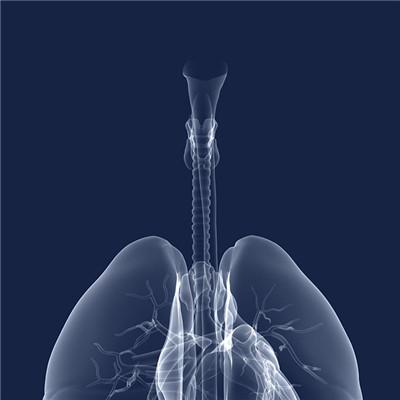What are the symptoms of herpes zoster?
summary
For skin diseases such as herpes zoster, we are not very familiar with, because not familiar with, it is easy to lead to misdiagnosis, the disease not only hurt the skin, at the same time lymph also appear swelling, in order to make you more aware of the full understanding of the disease, I will introduce the symptoms of herpes zoster for you!
What are the symptoms of herpes zoster?
Before eruption, there may be mild fatigue, low fever, anorexia and other systemic symptoms. The skin of the affected area may feel burning or neuralgia consciously, and there may be obvious pain sensitivity when touching it. It lasts for 1-3 days, and the rash may occur without prodromal symptoms. The most common sites were intercostal nerve, cervical nerve, trigeminal nerve and lumbosacral nerve. The affected area often first appeared tidal erythema, and soon appeared millet to soybean sized papules, which distributed in clusters but did not fuse. Then it quickly turned into blisters. The blister wall was tense and shiny, the blister fluid was clear, and the surrounding was red halo. The skin between the blister clusters was normal; The lesions are arranged in a band along a certain peripheral nerve, mostly on one side of the body, and generally do not exceed the median line. Neuralgia is one of the characteristics of the disease, which can appear before the onset or accompanied by skin lesions. The course of the disease is generally 2-3 weeks. The blister dries up, scabs and falls off, leaving temporary pale erythema or pigmentation.

Postherpetic neuralgia herpes zoster is often accompanied by neuralgia, which can occur before eruption, when eruption and after skin lesion recovery, but most of them disappear after skin lesion completely subsides or within 1 month. A few patients with neuralgia can last more than 1 month, which is called postherpetic neuralgia.

Other atypical herpes zoster is related to the difference of body resistance, which can be manifested as contusion type (no skin lesion, only neuralgia), incomplete type (only erythema and papule, but no blister, that is, subside), bullous type, hemorrhagic type, gangrenous type and generalized type (involving more than two ganglia at the same time, resulting in contralateral or ipsilateral multiple regional lesions); The virus can be disseminated through blood to produce generalized varicella like eruption and invade lung, brain and other organs, which is called disseminated herpes zoster.
matters needing attention
Drink more water, eat more fresh fruits and vegetables, avoid some spicy and hairy dishes, such as beef, mutton, fish, green onion, ginger, garlic, pepper, vinegar (fried vegetables are not included), soy sauce, garlic, onion and so on.














